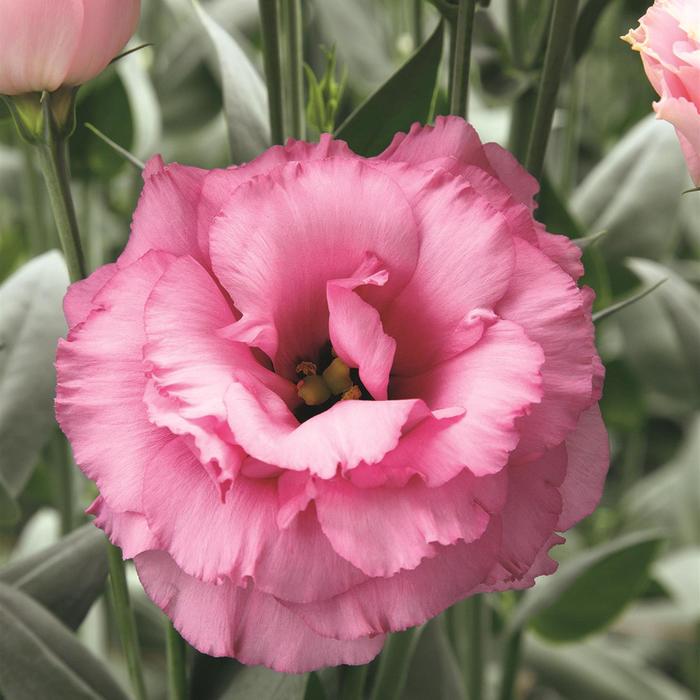
Eustoma grandiflorum 'Arena 3 Rose' Lisianthus Garden Center Marketing
Lisianthus flowers (Eustoma spp.) are tender perennials or biennials often grown as annuals. Also called prairie gentian, they natively return yearly in prairies and fields from northern Mexico north to Colorado and Nebraska.

Lisianthus Farbmix TopfØ ca. 10,5 cm Eustoma grandiflorum kaufen bei OBI
Allow. Follow these guidelines for growing lisianthus (Eustoma grandiflorum), from choosing series appropriate to seasonal light and temperature changes, site selection, how to time sowing to achieve succession-harvesting, cultural requirements, transplanting, and pest and disease control.
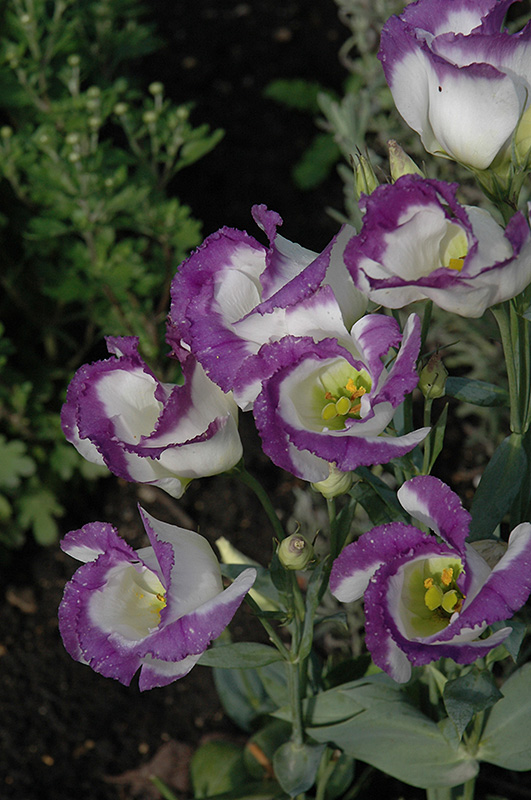
Sapphire Blue Chip Lisianthus (Eustoma grandiflorum 'Sapphire Blue Chip') in Long Island
Eustoma grandiflorum, or Lisianthus, is a flowering biennial that will survive the winter temperatures of USDA Zones 8-10, but rather than being considered a perennial, it is more typically grown as an annual. It does best in average, moist, well-drained soil with full morning sun and afternoon shade.

Stock photo Eustoma grandiflorum Lisianthus
Lisianthus flowers belong to the genus Eustoma and flowering plant family Gentianaceae. The showy Eustoma flowers resemble roses and grow on single or branching stems 1 to 3 ft. (0.3 - 1 m) tall. The showy flowers can be single or double blooms and come in pink, purple, and white shades.

Eustoma grandiflorum "Light Apricot Lisianthus" Buy Online at Annie's Annuals
Features Lisianthus are incredibly versatile flowers. Before the blooms open, they look like rose buds. Once the flowers unfold they have the loose-petal form of a poppy or a tulip. Lisianthus grow naturally in open grasslands of North America into South America and bring a breezy meadow feeling to arrangements.
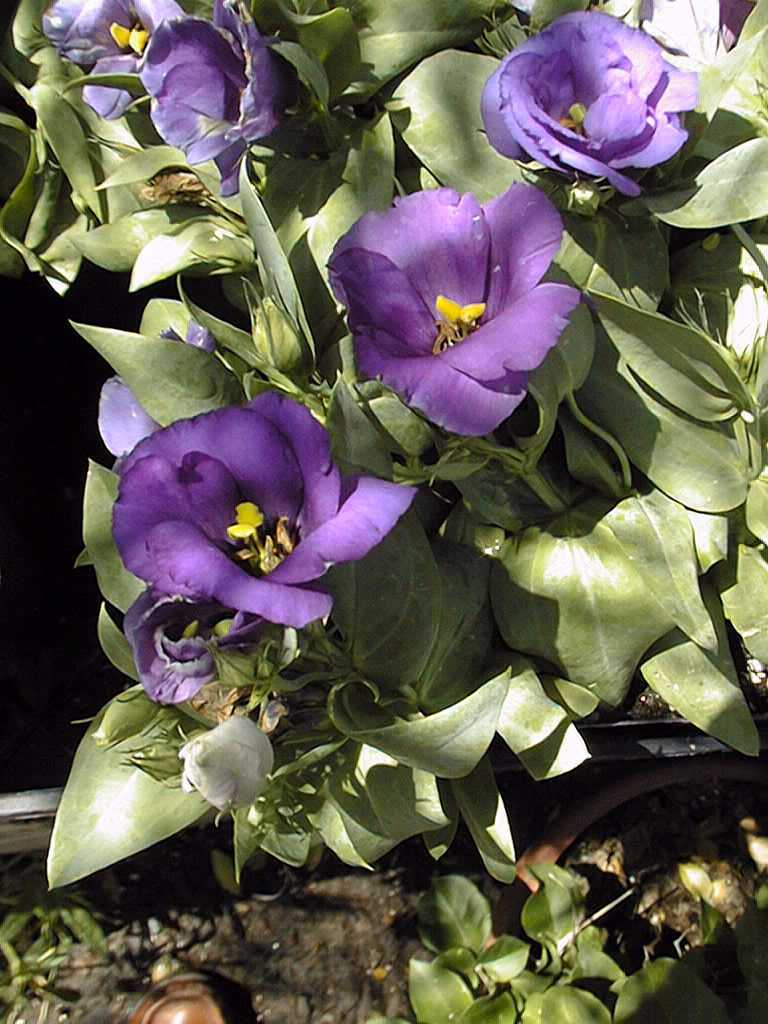
Lisianthus, Tulip Gentian, Texas Bluebell (Eustoma grandiflorum)
Plants from the Eustoma genus are known as Lisianthus or Prairie Gentian plants. The often-grown species Eustoma grandiflorum common name is usually refered to as Lisianthus, but has more localized names such as Bluebell Gentian or Texas Bluebell.. NB. Although Eustoma russellianum is the generally accepted scientific name, gardener's still generally refer to this plant as Eustoma grandiflorum.

Lisianthus Eustoma Flower Flowers Free photo on Pixabay Pixabay
Eustoma grandiflorum, aka: Lisianthus russellianus Lisianthus are biennial or short lived tender perennial wildflowers that are native to the high prairies from the southwest part of the United States to northern South America. Lisianthus plants are also known as Prairie Gentians, Tulip Gentians and Texas Bluebells.
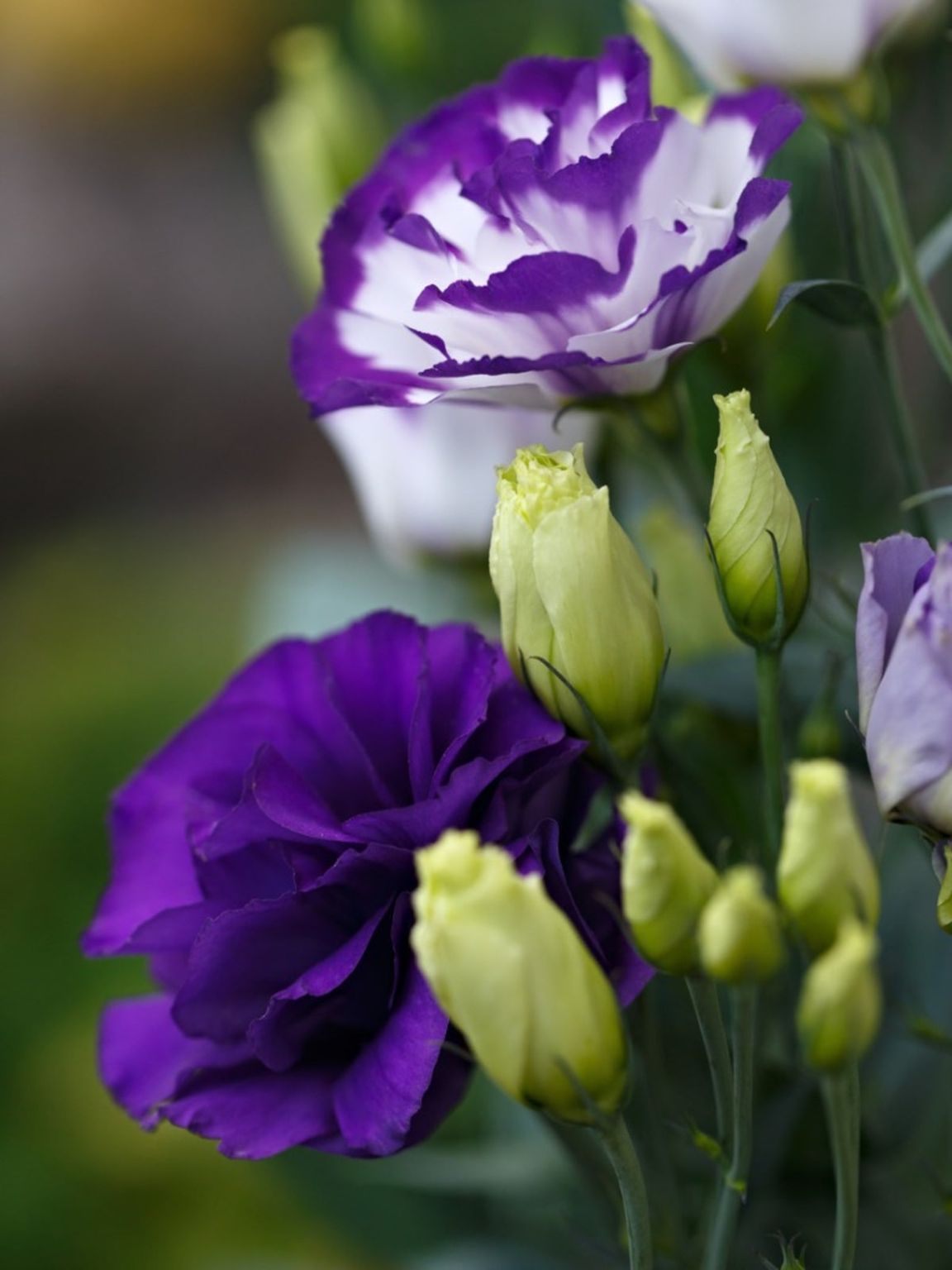
Lisianthus Plants Learn How To Grow Lisianthus Flowers
Eustoma, commonly known as lisianthus or prairie gentian, [1] is a small genus of plants in the gentian family. They are native to warm regions of the southern United States, Mexico, Caribbean and northern South America. [2] This genus is typically found in grasslands and in areas of disturbed ground. Description
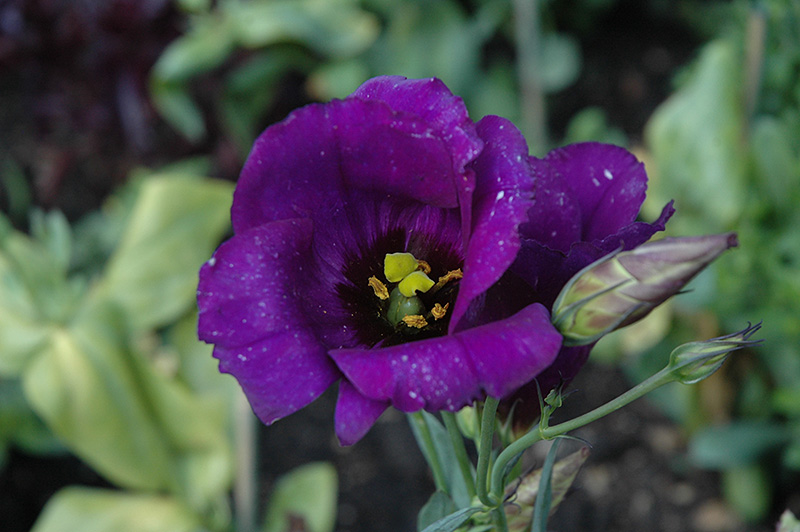
Laguna Purple Lisianthus (Eustoma grandiflorum 'Laguna Purple') in Long Island Westbury Nassau
Scientific name: Eustoma grandiflorum Pronunciation: yoo-STOE-muh gran-dif-FLOR-uh Common name(s): Lisianthus Family: Gentianaceae Plant type: annual; biennial USDA hardiness zones: all zones (Fig. 2) Planting month for zone 7: Jun; Jul Planting month for zone 8: May; Jun; Jul Planting month for zone 9: Apr; May

Buy Wholesale Eustoma, Double, Rose Pink (Lisianthus) UK Wholesale Flowers UK
1. INTRODUCTION The plant was commonly known as Lisianthus russellianus when first seed catalogues in the early 1980's in the United States. It was only a short before its scientific name was recognized to be Eustoma grandiflorum (Raf.) (synonyms Eustoma andrewsii; E. russellianum; Lisianthus russellianus) and Baily, 1976; Everett, 1981).

Teksaški zvončić / Eustoma grandiflorum / Lisianthus
Eustoma grandiflorum belongs to the family Gentianaceae [1] and is closely linked to gentians and Persian violets. They are available in different colors: pink, purple, blue, and white, as well as two-tone combinations of these shades. Commonly known as lisianthus, bluebell gentian, or prairie gentian, Eustoma grandiflorum originates from the.
FileLisianthus aka Eustoma 7217.JPG Wikimedia Commons
Eustoma grandiflorum, commonly known as Lisianthus or Prairie Gentian, is a captivating flowering plant renowned for its stunning, rose-like blooms. Its elegant and delicate flowers make it a favorite in floral arrangements and gardens alike. Eustoma grandiflorum: An In-depth Look

Eustoma/Lisianthus Sapphire Blue Chip F1 Terry grandiflora Flower Seeds Garden
Lisianthus is native to a wide range of North America, from Northern Mexico into the Southern United States: from Florida west to California, and north in the interior to Montana and South Dakota. It generally occurs in prairie or plains type settings, but most often in close proximity to stream beds and seasonally marshy areas.

Online Plant Guide Eustoma grandiflorum / Lisianthus
Lisianthus (Eustoma grandiflorum) Care Guide. Prepare the garden by breaking up the existing soil (use a hoe, spade, or power tiller). Add organic matter such as manure, peat moss or garden compost until the soil is loose and easy to work. Organic ingredients improve drainage, add nutrients and encourage earthworms and other organisms that help.
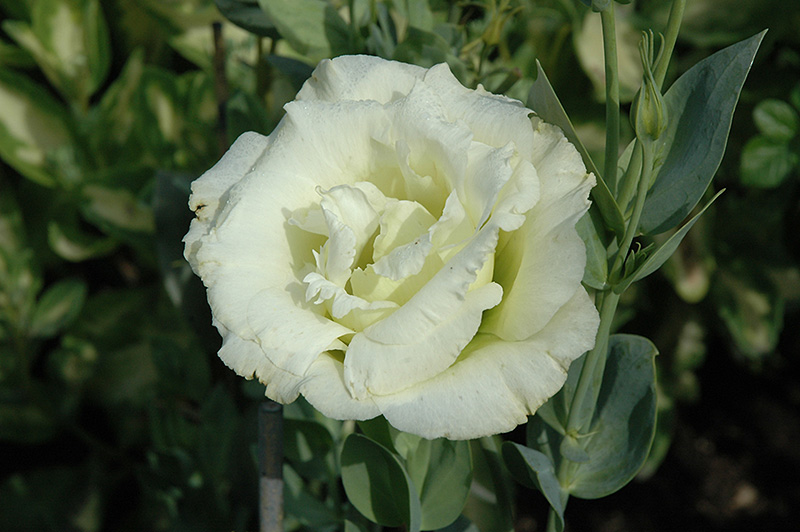
Cinderella White Lisianthus (Eustoma grandiflorum 'Cinderella White') in Calgary, Alberta (AB
Eustoma, commonly referred to as Lisianthus, Tulip Gentian, Texas Bluebells, Praire Gentian, or Lizzy, is a small genus that contains three species of flowering plants. Lisianthus is originated in the warm regions of northern South America, the southern United States, the Caribbean, and Mexico.
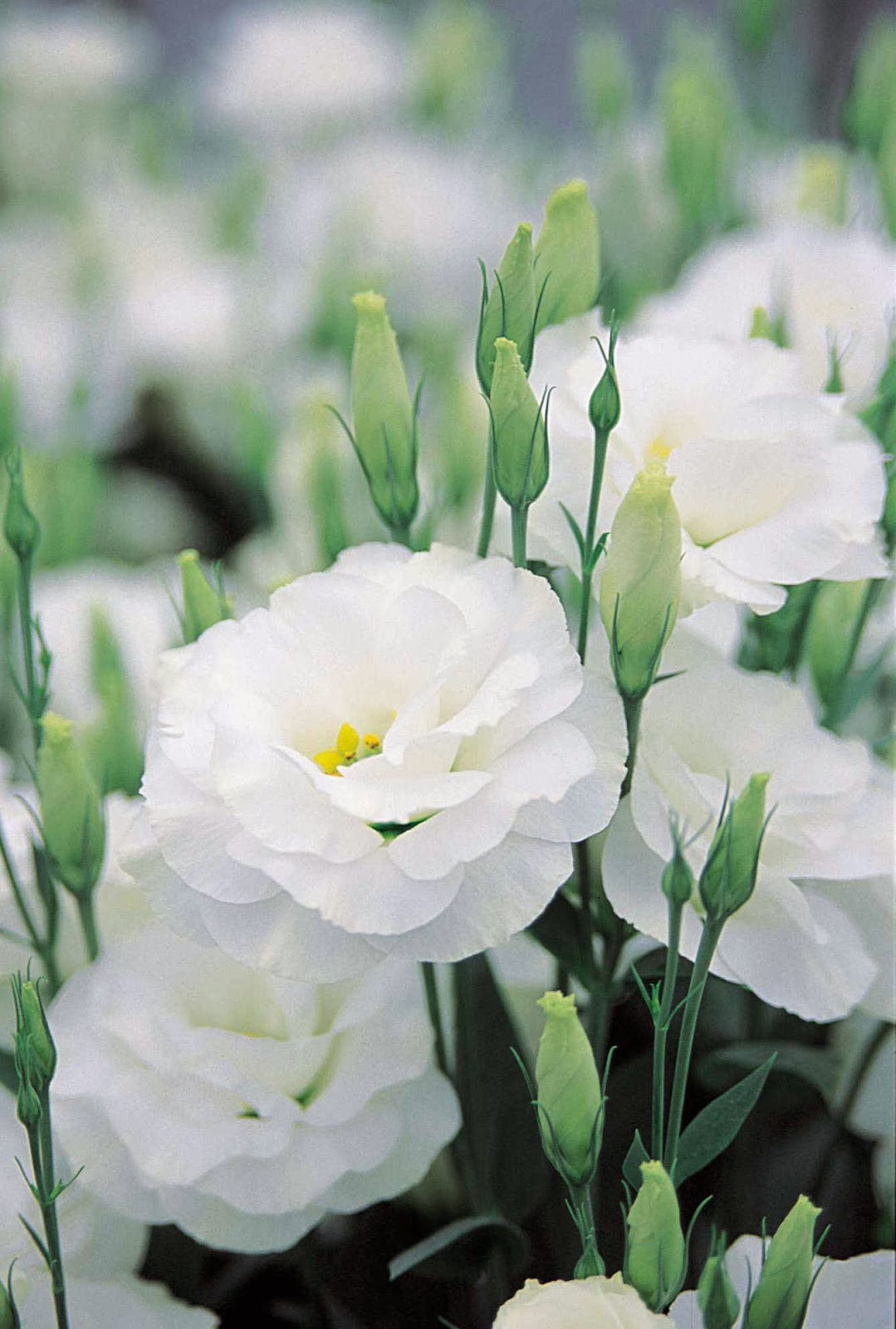
Dreamland Lisianthus Flower (Eustoma grandiflorum)
Eustoma grandiflorum, better known as lisianthus, is a cut flower that is much loved for its rose-like appearance and extremely long vase life. Native to grassland areas of the USA, it is also known as Texas bluebell, prairie gentian or Japanese rose.